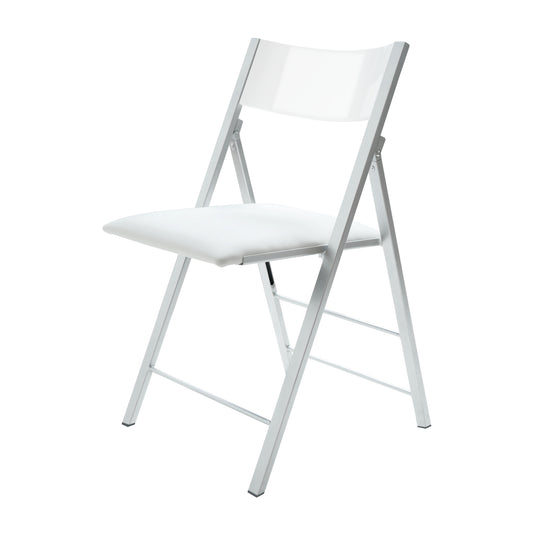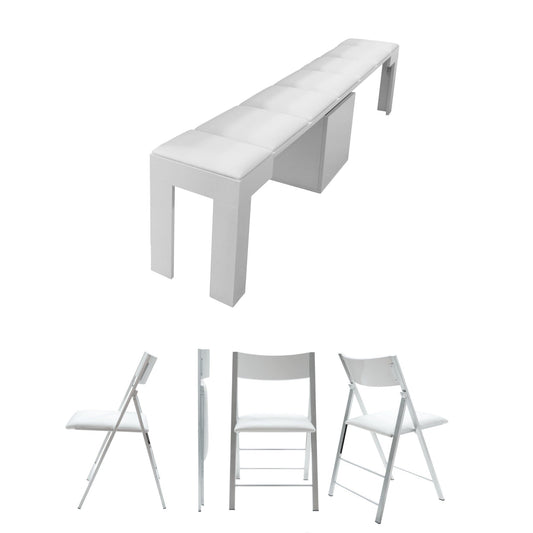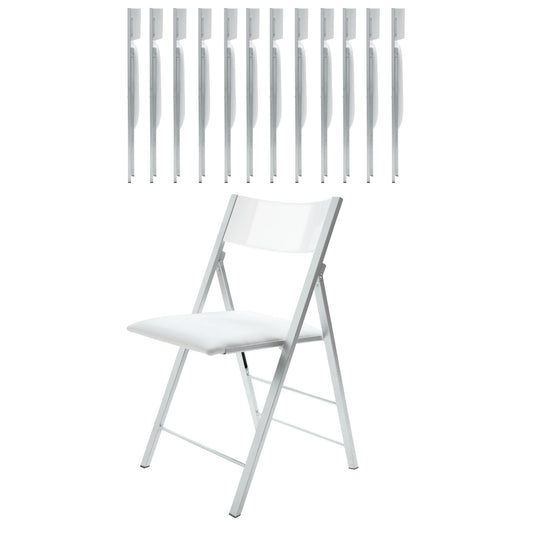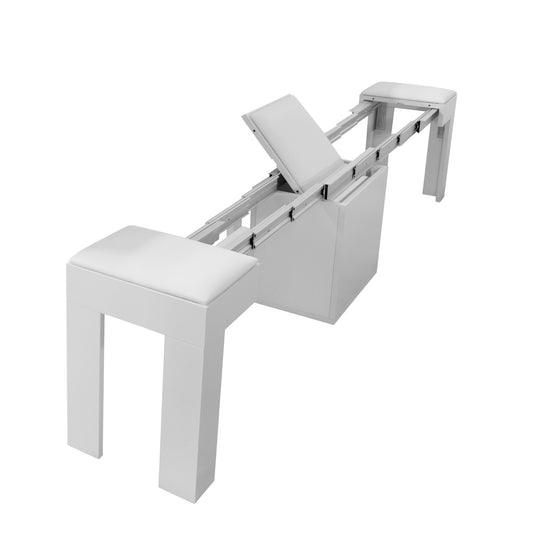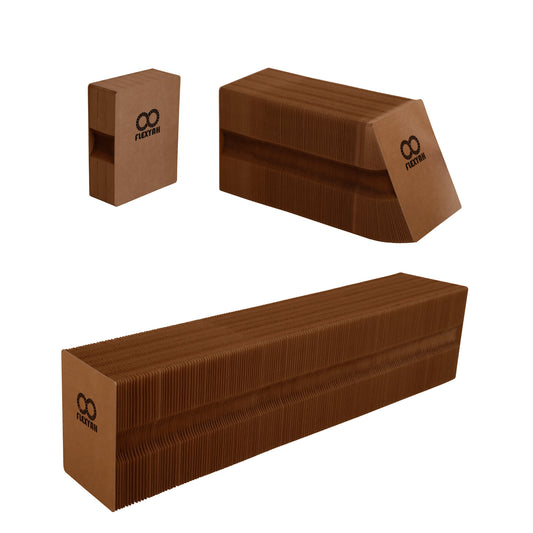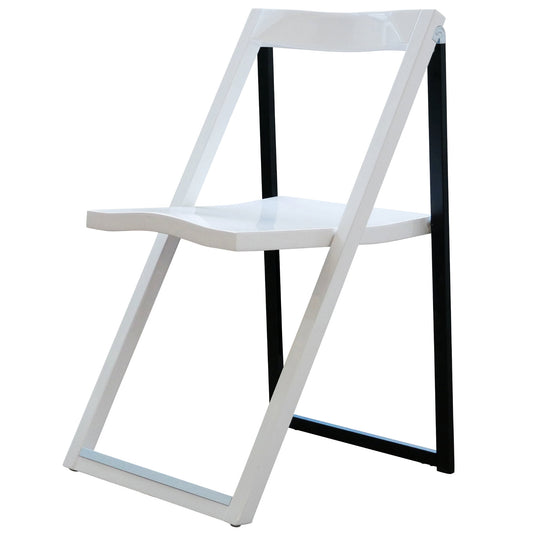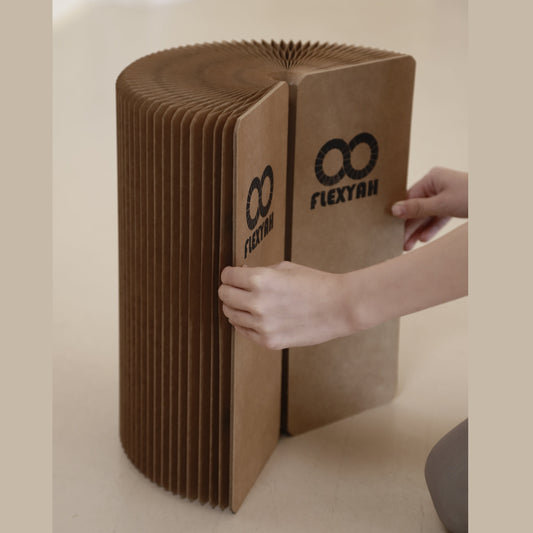Focal points are an interior design technique that brings your eyes into focus on a specific section of a room or has them flow from one section to another. They can make an area feel grounded in an open floor plan so you’re drawn to it, or keep your eyes coming back to a specific subject matter like a piece of furniture or artwork.
You can use this design technique to help make a section of a larger space feel comfortable so people can feel balanced, and help a smaller room have a focused point which makes it feel less cluttered or busy.
Focal points are easier to create than you think, and a room can have more than one depending on its use and how you want people to feel, engage, and interact while in the space.
Focal points can be created:
- By using a bright contrasting color that pops from the room.
- With the 60, 30, 10 rule for larger rooms.
- Using lights that shine down over a specific space to highlight it.
- Via area rugs
Once you master this technique you’ll be able to create spaces that make it easier for friends and family to enjoy each other in a room vs. having eyes drift and conversations wander. Make a welcoming and inviting sleeping space for your bedroom or a guest bedroom, have your favorite collectibles pop in a display case, and make an open floor plan feel balanced.
Bright Contrasting Colors That Pop
Using bright and/or contrasting colors to create a focal point works for large areas where you want items to stand out like a museum with multiple paintings in the same room, or a bed that should be the center of attention in a bedroom to creating a feeling of comfort when a person enters. Contrasting colors can even be used for outdoor gatherings in your yard if you’re entertaining or having a BBQ.
Contrasting colors are colors that are opposite each other on the color wheel and can be done in sets of two or three colors. The three color variation is our next strategy with the 60, 30, 10 rule, so for this one we’ll do two contrasting colors.
Pro-tip: Black and white are both neutral so you have a world of choices when creating contrast against them, but some are better than others. Rich gem tones and darker bold colors work better with white and light grey as white reflects light making these pop, bright and vibrant lighter tones like sunflower yellow or periwinkle work best against black as black absorbs light so brighter colors stand out more.
Bedrooms and Mixed Use Spaces
One easy way to create a focal point is to offset the monotone of large pieces of furniture. In a bedroom you likely have a bed frame, dressers, and other large pieces all in the same color. By choosing bedding that contrasts from the furniture and the wall color, the bed pops out and brings attention to it. A second focal point can be a chair at a mirror or a vanity to bring attention to that space.
For multi-purpose rooms it is easy to have a murphy bed with the contrasting bedding lifted against the wall, and a couch whose color pops against the tone of the wall, carpeting, or floors when the murphy bed is not being used. This way the bedding does not distract or take focus until the room is used for sleeping. The other color pop takes center stage for the other purpose of the room, and offices can do the same.
If it is a murphy bed with couch combination, the cabinet and couch can be neutral tones while the desk has pops of color and a light over it or lamp, then when the bed is lowered the bedding takes center stage.
Great Rooms, Open Floor Plans, and Outside Spaces
Making a large space feel grounded is easy with focal points as people will naturally gravitate to them. For an open floor plan or great room where the color palette is monochromatic, use a bold colored couch and color balanced table to draw attention in. With green walls try something in red or orange. For whites, go with something popping like a red couch and brown wooden coffee table.
When planning an outside gathering from kids parties to picnics, celebrations like a graduation or family BBQ, you’re going to want people to engage with each other vs. disperse around the borders of the yard. If there is grass and earthy tones like a wooden fence, red picnic table prints bring attention to tables with food and away from the borders. The same applies to areas where you want people to sit and congregate.
Have a couple of set areas to set down cups or plates as well as pick up clean ones, and be intentional with the colors of the plates and cups. If they’re yellow and clear they’ll blend with the scenery, when you go red, orange, and some shades of blue, they stand out from flowers, grass, and trees. Once people set and place them it brings eyes over and keeps people moving towards the party spaces.
60, 30, 10 Rule
This design concept also uses colors to create a focal point where you have 60 percent of the focal point in one color, 30 percent in another, and 10 percent in the remaining. In the large open space floor plan you can have a couch, a lounge chair, and some table lamps.
There’s two options here, one is to go with contrasting colors on the color wheel and the other is three shades of the same or similar colors with 60 percent being the darkest, 30 a bit lighter, and 10 the lightest.
The couch could be an air force or navy blue, the lounge chair a bayern blue, and the lamps a carolina blue. Or a dark blue, a sea foam, and a more toned down yellow color as these will contrast and carry the three colors that make up green.
The effect here will separate the area for relaxing or sitting from the open and airy space of a great room. If you use this in a smaller room like a living room, it helps keep eyes focused as everything is balanced and comfortable so people can relax and enjoy the space. When done correctly it can offset a feeling of being cluttered if there is a lot of decor or other items in the room.
Using Lights to Create Focal Points
Museums and art galleries use lights that create a v shape or a line to highlight art work, just like a kitchen will have low hanging lights over an island or a dining room over the table. The light source brings your eyes into focus and stands out from the ambient light that fills the room.
The additional light, especially when focused from a shade and pointing down, brings your eyes to that area and keeps them coming back. It’s one of the easiest ways to create a focal point.
You can do this with lights that come from the ceiling and table lamps with shades that point downwards. Chandeliers can double the impact for dining and living rooms as they’re breathtaking and bring attention grabbing light sources to the space below them.
Area Rugs
A final and the easiest way to create a focal point in a room is with area rugs. For small rooms place one that goes just over the size of the couch and coffee table. You could have it extend past a reclining chair, but the edge of the chair being at the carpet vs. on is sometimes nicer. The edge of the carpet helps center and balance the room, and may help it feel a little bigger. It is what creates the focal point by connecting the sitting area in place vs. having fluidity that causes eyes to wander.
For large open floor plans use a larger area rug that runs past all of the furniture. Having the furniture whether it is a dining table set or a living room set with couches, coffee tables, and accent tables, separates it from the space creating a focal point so you now have a seating or dining area that keeps the space feeling balanced. It’s the opposite in large exhibit halls at museums.
If you notice they keep everything monochromatic including the floor. This way the space feels expansive and fluid so your eyes focus on each piece of art and keep moving through the room.
Focal points are an interior design win for spaces of all sizes, and they’re easy to create. You can use a series of colors, lights, or accent rugs and make your living and entertaining spaces feel balanced and enjoyable or highlight something you want to show off or bring attention too.

